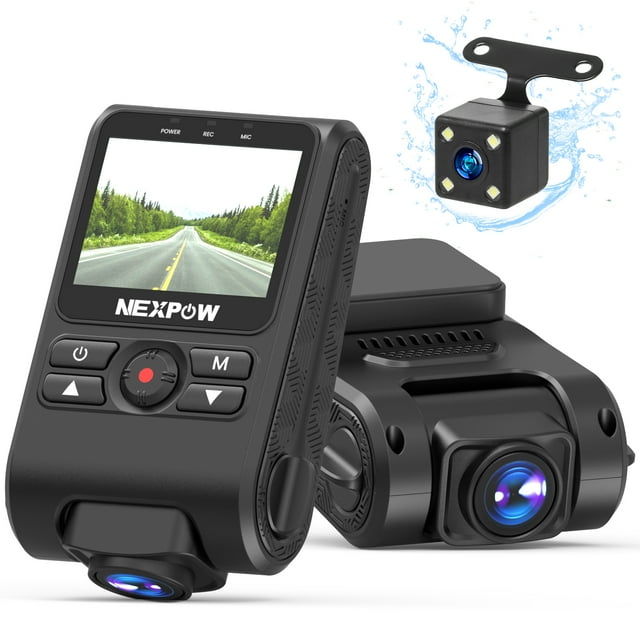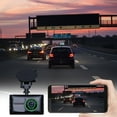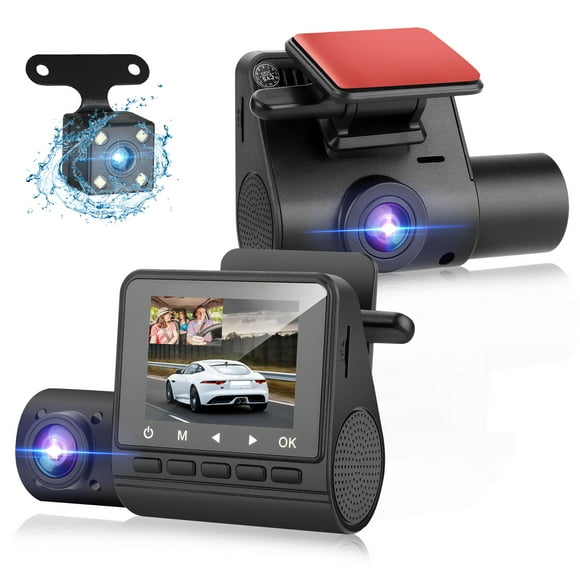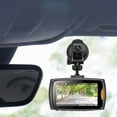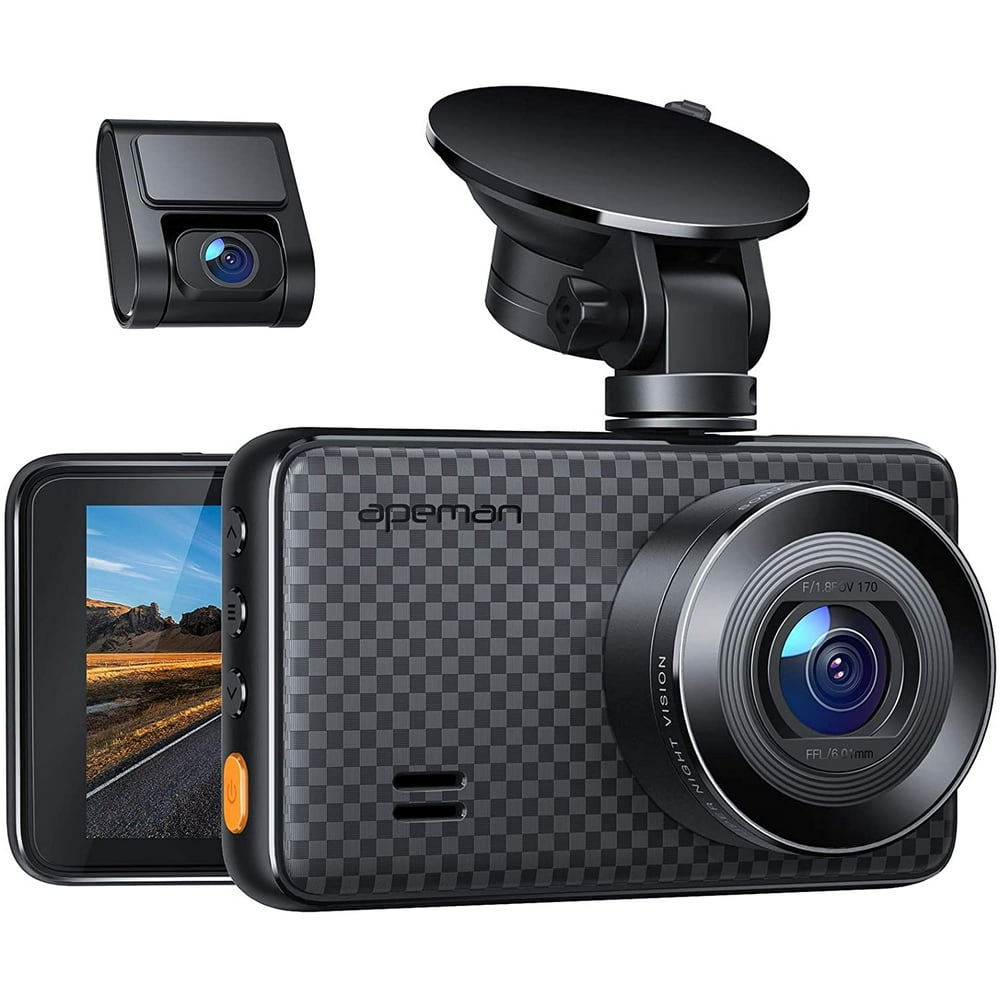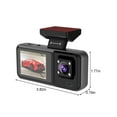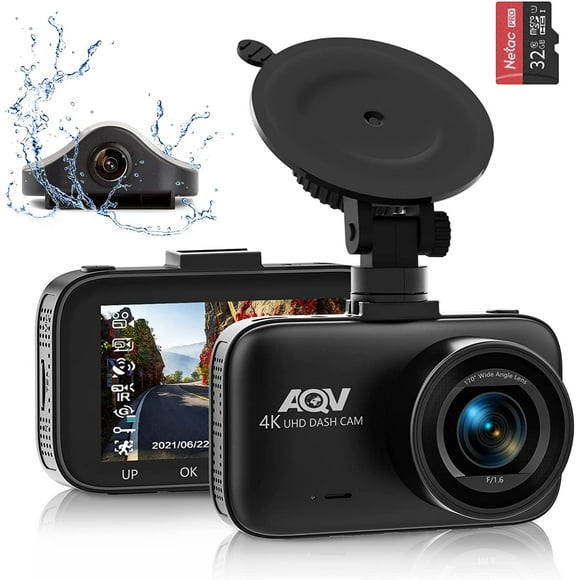Dash Cam With Motion Sensor And Night Vision
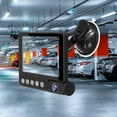
The market for dash cameras is experiencing a surge in demand, driven by increasing concerns over road safety and the desire to document potential incidents. Among the latest innovations gaining traction are dash cams equipped with motion sensors and enhanced night vision capabilities.
These advanced features offer enhanced surveillance and peace of mind for drivers, but also raise questions about data privacy and responsible usage. Understanding the features, benefits, and ethical considerations surrounding these devices is crucial for consumers.
Key Features and Functionality
Dash cams with motion sensors utilize sophisticated technology to detect movement in their field of view, even when the vehicle is parked and the engine is off. This feature automatically triggers the camera to record, capturing potential incidents such as parking lot accidents, vandalism, or attempted theft.
The motion sensor sensitivity can usually be adjusted to minimize false alarms caused by minor movements, such as passing pedestrians or animals. Some models also allow users to define specific areas of interest within the camera's view, further reducing unnecessary recordings.
Night vision capabilities have significantly improved in recent years, thanks to advancements in sensor technology and image processing algorithms. These dash cams employ infrared (IR) LEDs or high-sensitivity image sensors to capture clear and detailed footage in low-light conditions.
Many models also incorporate wide dynamic range (WDR) technology, which helps to balance exposure and prevent overexposure in bright areas and underexposure in dark areas of the image. The combination of these technologies ensures usable footage even at night.
Benefits and Applications
The primary benefit of these advanced dash cams is enhanced security and protection for vehicles and their owners. By recording potential incidents, these devices provide crucial evidence that can be used in insurance claims, police investigations, and legal proceedings.
For example, footage from a dash cam with a motion sensor can help identify the responsible party in a hit-and-run accident that occurs while the vehicle is parked. This can be invaluable in recovering damages and avoiding financial losses.
Beyond security, these dash cams can also be used for other purposes, such as documenting scenic drives, recording road trips, or providing evidence in cases of reckless driving by other motorists. Some ride-sharing drivers use dash cams to protect themselves from false accusations or disputes with passengers.
Ethical Considerations and Privacy Concerns
While dash cams offer numerous benefits, it's important to consider the ethical implications and privacy concerns associated with their use. Recording audio without the consent of all parties involved may be illegal in some jurisdictions.
Data security is also a key concern, as dash cam footage may contain sensitive information, such as license plate numbers, facial features, and personal conversations. Users should take precautions to protect their data by using strong passwords, encrypting their storage devices, and being mindful of where they upload or share their footage.
According to a report by the Electronic Frontier Foundation (EFF), consumers should carefully review the privacy policies of dash cam manufacturers and be aware of how their data is being collected, stored, and used. It's also important to be transparent with passengers and other drivers about the presence of a dash cam and its recording capabilities.
Market Trends and Future Developments
The dash cam market is expected to continue to grow in the coming years, driven by technological advancements and increasing consumer awareness of their benefits. We can expect to see improvements in image quality, battery life, and cloud connectivity.
Some manufacturers are already incorporating artificial intelligence (AI) and machine learning (ML) into their dash cams to provide features such as advanced driver-assistance systems (ADAS), automated incident detection, and predictive maintenance alerts. These technologies could further enhance the safety and convenience of dash cams.
As dash cams become more sophisticated, it's essential for consumers to stay informed about their capabilities, limitations, and potential risks. Responsible usage, data security, and ethical considerations are paramount in ensuring that these devices are used to enhance safety and protect privacy, rather than infringing upon it.




